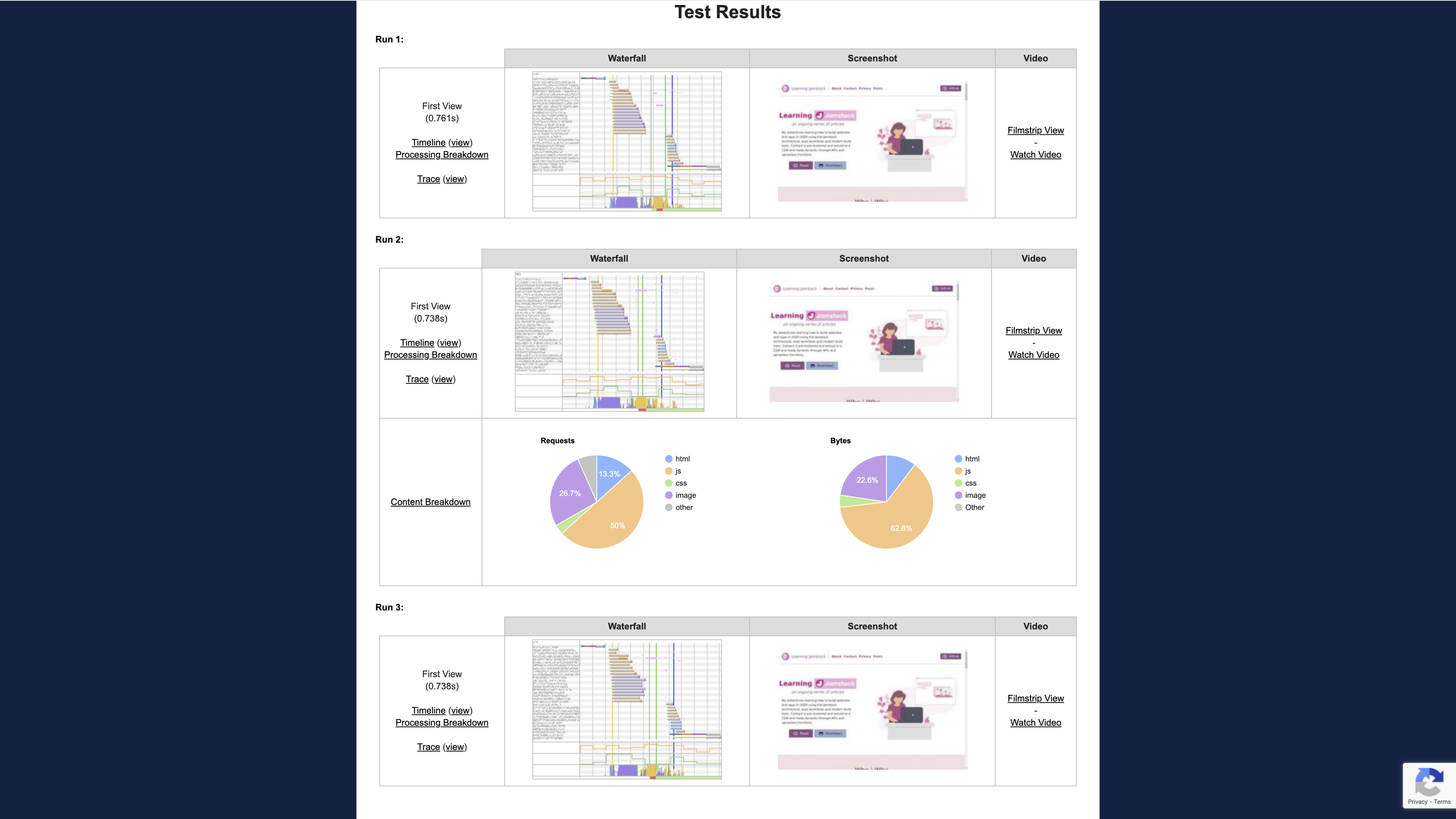It’s important that web sites are optimised for performance and accessibility. People access web sites from a multitude of devices, at various Internet transfer speeds. Web site speed also has a huge impact on search engine rankings and optimisation, and most importantly overall user experience and satistfaction.
Web site accessibility is also extremely important, so that the site contents are available to the widest possible audience. In addition, ensuring a site meets accessibility requirements also improves the user experience for all users.
There are various auditing tools that can check a web site for performance, accessibility and adherence to current best practices. In this article, I discuss 3 of the popular ones:
Lighthouse
Lighthouse is developed by Google. According to Google:
Lighthouse is an open-source, automated tool for improving the quality of web pages. You can run it against any web page, public or requiring authentication. It has audits for performance, accessibility, progressive web apps, SEO and more.
You can run Lighthouse in Chrome DevTools, from the command line, or as a Node module. You give Lighthouse a URL to audit, it runs a series of audits against the page, and then it generates a report on how well the page did. From there, use the failing audits as indicators on how to improve the page. Each audit has a reference doc explaining why the audit is important, as well as how to fix it.
Here is a screenshot of the results of Lighthouse on this site. As you can see, Lighthouse collates a set of metrics and provides a score in the following categories, as well as an overall score (out of 100):
- Performance
- Accessibility
- Best Practices
- SEO
- Progressive Web App

It’s fairly easy to follow the recommendations provided by the report (for example, improving contrast between elements for better accessibility). A NextJS project such as this site should have no issues with performance without any further optimisation
WebPageTest
WebPagetest is a tool that was originally developed by AOL for use internally and was open-sourced in 2008 under a BSD license.
According to the online version of the tool, it can perform a
… a free website speed test from multiple locations around the globe using real browsers (IE and Chrome) and at real consumer connection speeds. You can run simple tests or perform advanced testing including multi-step transactions, video capture, content blocking and much more. Your results will provide rich diagnostic information including resource loading waterfall charts, Page Speed optimization checks and suggestions for improvements.
Here is the results of WebPageTest on this site. The user interface is a bit 1990s, but that’s okay.

WAVE
WAVE (or Web Accessibility Evaluation Tool) is a suite of evaluation tools that helps authors make their web content more accessible to individuals with disabilities. WAVE is developed and made available as a free community service by WebAIM at Utah State University.
According to the site:
WAVE can identify many accessibility and Web Content Accessibility Guideline (WCAG) errors, but also facilitates human evaluation of web content.
Here is the results of WAVE on this site (using the Chrome extension). As
you can see, there are no errors or contrast issues on the site, but there
is one alert (relating to the use of noscript due to the NextJS
implementation of the Image component).
